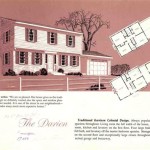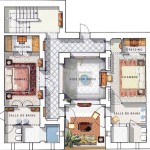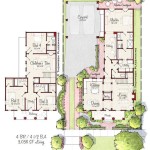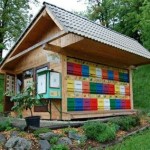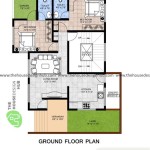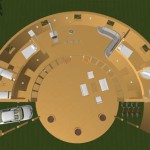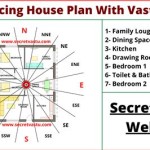Treehouse Bed Plans: A Comprehensive Guide
Building a treehouse bed is a rewarding project that can bring joy to children and adults alike. Whether envisioned as a whimsical escape or a cozy sleeping nook, careful planning and execution are essential. This guide explores key considerations for selecting and implementing treehouse bed plans.
The initial step involves determining the bed's location. For a traditional treehouse bed built around a living tree, careful assessment of the tree's health and structural integrity is paramount. Consider the tree's size, branch distribution, and overall stability. Consulting with an arborist is recommended to ensure the tree can safely support the intended structure. Alternatively, a free-standing treehouse bed can be constructed without a tree, offering more flexibility in placement and design.
Once the location is determined, choosing appropriate treehouse bed plans is crucial. Numerous resources offer pre-designed plans, ranging from simple platforms to elaborate structures with multiple levels and features. These plans typically provide detailed instructions, material lists, and diagrams. Alternatively, custom plans can be developed, allowing for personalization and adaptation to specific needs and preferences. When selecting or designing plans, consider factors such as the bed's size, height, accessibility, and desired aesthetic.
Safety is of utmost importance when building a treehouse bed. Plans should incorporate robust structural elements and adhere to building codes and safety regulations. Guardrails are essential to prevent falls, and their height and spacing should be appropriate for the intended users. Securely attaching the bed to the tree or a supporting frame is critical. Using high-quality materials and hardware ensures the bed's longevity and safety.
Material selection significantly impacts the treehouse bed's durability, appearance, and cost. Pressure-treated lumber is a common choice for its resistance to rot and insect damage. Cedar and redwood are also popular options, offering natural beauty and weather resistance. Consider the local climate and potential exposure to the elements when selecting materials. Choosing sustainable and environmentally friendly materials is a responsible approach.
The construction process typically begins with building a sturdy platform that serves as the bed's base. This platform may be attached to the tree using brackets, bolts, or other appropriate hardware, or it can be supported by a free-standing frame. The frame can be constructed from wood, metal, or a combination of materials. Ensuring the platform is level and securely anchored is essential.
After the platform is complete, the bed frame can be built. This frame provides support for the mattress and defines the sleeping area. The frame can be designed to match the overall aesthetic of the treehouse bed. Consider incorporating features such as built-in storage, shelving, or a desk.
Access to the treehouse bed is another important consideration. A ladder, stairs, or a combination thereof can be incorporated into the design. The access method should be safe and easy to use for the intended occupants. Handrails and non-slip surfaces enhance safety. For younger children, a lower platform height and easier access are recommended.
Finishing touches can enhance the treehouse bed's aesthetic appeal and functionality. Painting or staining the wood protects it from the elements and adds visual interest. Decorative elements such as curtains, cushions, and lighting can create a cozy and inviting atmosphere. Incorporating personal touches and customization options makes the treehouse bed a unique and cherished space.
Regular maintenance is crucial for preserving the treehouse bed's structural integrity and safety. Periodically inspect the structure for signs of wear and tear, including loose bolts, cracked wood, and damaged hardware. Address any issues promptly to prevent further damage. Regular cleaning and reapplication of protective coatings, such as paint or stain, help prolong the bed's lifespan.
Building a treehouse bed is a fulfilling project that can create lasting memories. By carefully considering location, design, materials, and safety, individuals can construct a unique and enjoyable space that fosters creativity and imagination.
When working with power tools and heights, taking appropriate safety precautions is vital. Always wear safety glasses, gloves, and other protective gear. Use tools according to manufacturer instructions. Enlist the help of others when necessary, particularly when lifting heavy objects or working at height. Following these safety guidelines ensures a safe and successful building experience.
The information provided in this guide is for general informational purposes only and does not constitute professional advice. Consulting with qualified professionals, such as arborists and structural engineers, is recommended for specific projects. Adhering to local building codes and regulations is essential.

Toddler Treehouse Bed Ana White

10 Easy Steps To Build A Diy Clubhouse Bed The Owner Builder Network House Beds For Kids Tree Bedroom

Clubhouse Bed Ana White

Diy Treehouse Bed Inhabitat Green Design Innovation Architecture Building

3 Diy Treehouse Beds To Build For Your Kids Room A Play Area

Treehouse Bed Ana White

12 Diy Indoor Treehouse Ideas Kids Beds Play Areas Tree House Bunk Bed Loft

3 Diy Treehouse Beds To Build For Your Kids Room A Play Area

Treehouse For A Sweet Little Boy Tree House Designs Kids

Clubhouse Bed Ana White

